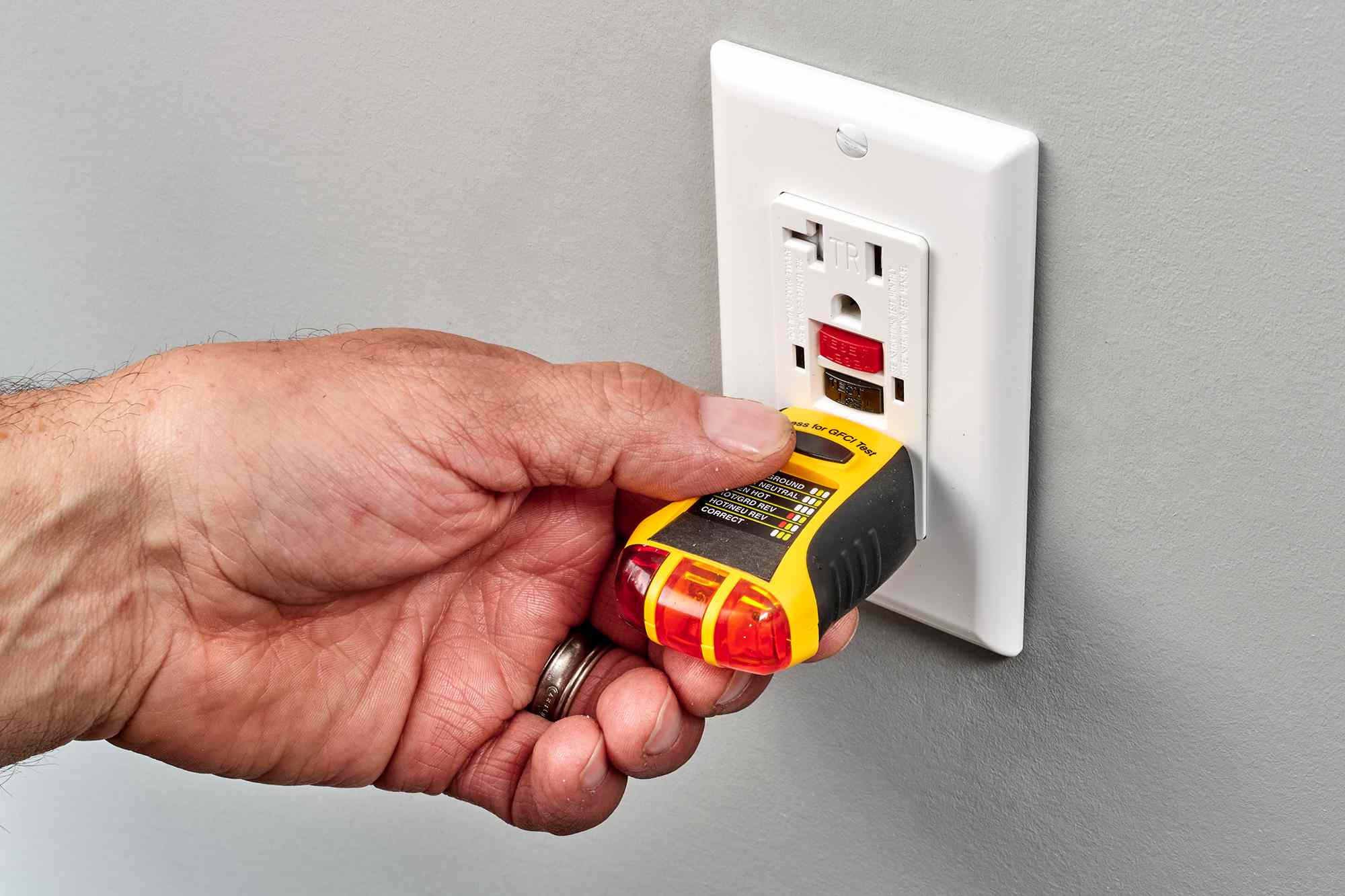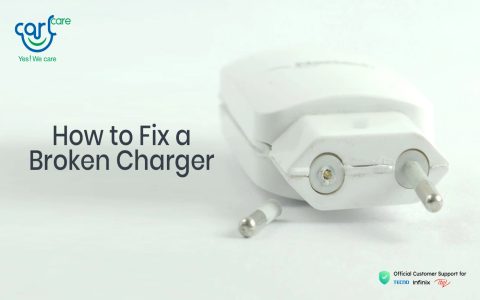When an electrical outlet stops working, a systematic approach can often identify the cause. Here’s a professional guide to troubleshooting the issue.
Initial Checks & Safety
Safety First: Before inspecting any electrical component, ensure you are taking appropriate safety precautions. If you are unsure about any step, do not proceed and call a qualified electrician.
Try plugging a different, known-working device into the problematic outlet. This helps determine if the issue is with the outlet or the original device.

GFCI Outlet Reset
Many outlets, especially in kitchens, bathrooms, and outdoor areas, are Ground Fault Circuit Interrupter (GFCI) protected. These outlets have "TEST" and "RESET" buttons.
- Locate the GFCI outlet. Sometimes one GFCI outlet protects several standard outlets downstream in the same circuit.
- Press the "RESET" button firmly. You might hear a click.
- Test the outlet again.
If all GFCI outlets in an area are not working, or if resetting one doesn't restore power to the dead outlet, the issue might lie elsewhere.
Circuit Breaker Check
A tripped circuit breaker is a common cause of a dead outlet.
- Locate your main electrical panel (breaker box).
- Look for any breakers that are in the "OFF" position or in a middle (tripped) position. Breakers are typically labeled, which can help identify the circuit for the affected outlet.
- To reset a tripped breaker, first push it fully to the "OFF" position, then switch it back to the "ON" position.
- After resetting the breaker, check if the outlet is working. If the breaker trips again immediately, there might be a short circuit or an overloaded circuit. Do not attempt to reset it repeatedly.
Visual Inspection of the Outlet
Caution: Only perform a visual inspection if you are comfortable and understand the risks. Ensure the circuit breaker for the outlet is OFF before attempting any close inspection.
- Look for any visible signs of damage, such as cracks, burn marks, or discoloration around the outlet.
- A burnt smell near the outlet can indicate overheating and potential wiring issues.
- Check for loose-fitting plugs; a worn-out outlet may not make proper contact.
If you observe any of these signs, the outlet likely needs replacement by a professional.

When to Call a Professional Electrician
It's crucial to contact a qualified electrician if:
- You are uncomfortable or unsure about any troubleshooting steps.
- The GFCI outlet or circuit breaker continues to trip.
- You see signs of burning, melting, or smell a burnt odor.
- You suspect loose wiring or a more complex wiring problem.
- None of the above steps resolve the issue.
Attempting electrical repairs without proper knowledge and experience can be dangerous and may lead to further damage or injury.










